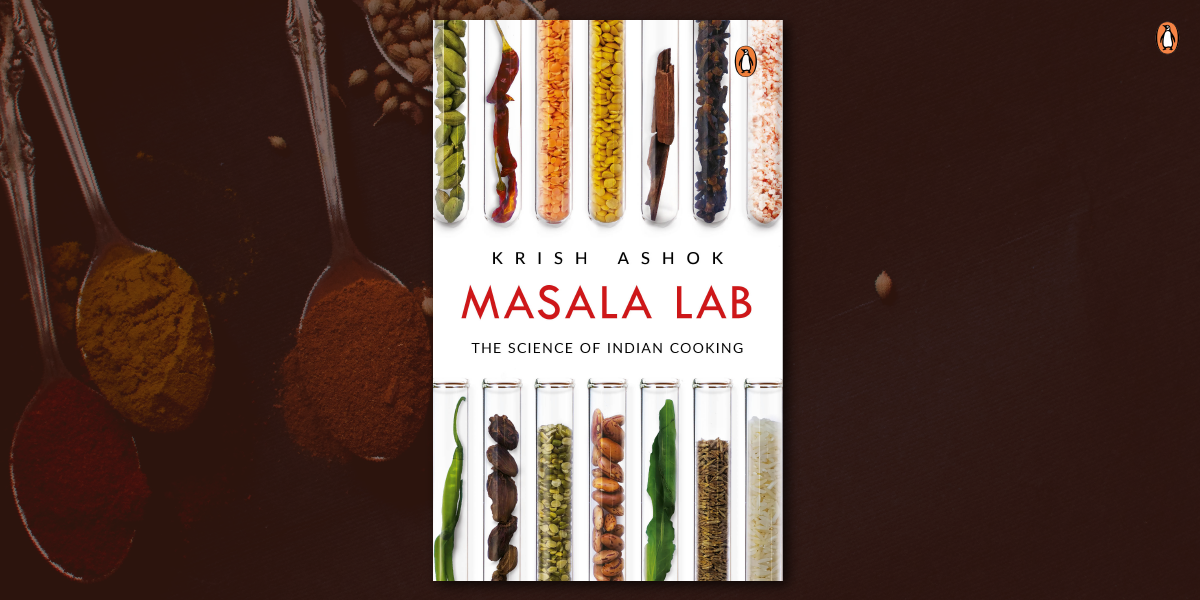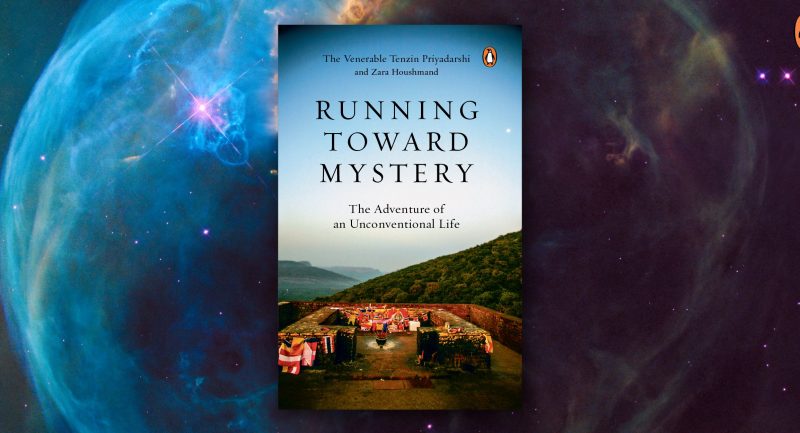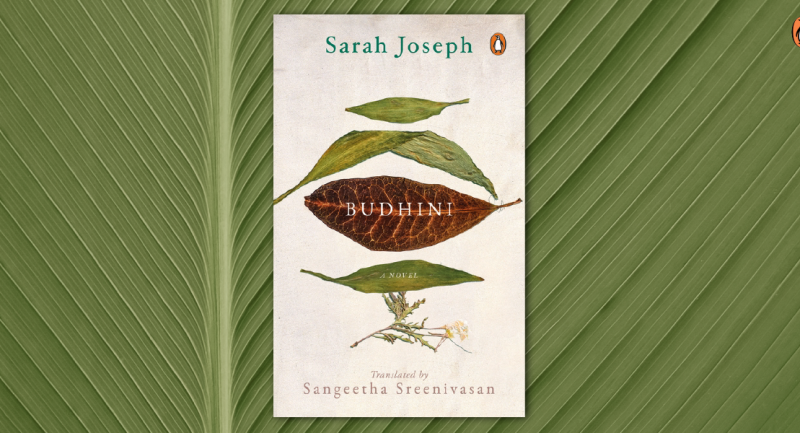
Masala Lab by Krish Ashok is a science nerd’s exploration of Indian cooking with the ultimate aim of making the reader a better cook and turning the kitchen into a joyful, creative playground for culinary experimentation. Just like memorizing an equation might have helped you pass an exam but not become a chemist, following a recipe without knowing its rationale can be a sub-optimal way of learning how to cook.
Here’s an excerpt from the book that divulges the science of sugar, a common ingredient in our kitchen but one that can magically transform any dish. Read on to take your cooking game to the next level with us!
**
Science of Sugar
Sugar is among the most misunderstood things in the Indian culinary landscape. This is surprising because we produce, sell and add more sugar to our food than any other people on the planet. This is also despite the fact that the very idea of extracting sucrose from the sugarcane plant was originally Indian. The word ‘sugar’ and its equivalents in every language, from Persian to Arabic to European languages, follow the path that sugar itself took from its origins in what is today Bengal. It is derived from sharkara in Sanskrit. Fun fact: Even the word ‘jaggery’ comes from the Portuguese jagara that comes from the Malayalam sakkara, which again goes back to the Sanskrit sharkara.
Originally used to make bitter medicine palatable, sugar is, chemically speaking, a family of molecules that are water-soluble carbohydrates. Incidentally, not all sugars taste sweet. Sucrose is the one that is most familiar because it makes up the crystalline sugar we use every single day. Sucrose by itself is made up of two other sugars—glucose and fructose—that got together, shook hands, agreed to lose a water molecule and bonded together.
Glucose and fructose taste sweet individually too. The former is important because it is the single most important source of energy for all living things on the planet. All carbohydrates are ultimately broken down to glucose, the simplest possible sugar. This is why when your body is not functioning normally, and your digestive system is not able to take complex foods and turn them into glucose, hospitals stick a needle into your arm and pump glucose straight into your blood, bypassing the state-of-the-art organic factory that is your digestive tract. The other sugar, fructose, is largely found in fruits, which is why they taste sweet. Milk has lactose, which does not taste sweet and is a tricky sugar because most adult humans lose the ability to digest it (meaning, convert it into glucose). This is why adults mostly cannot consume large amounts of milk beyond the tiny amount in their coffees and teas, and the occasional kheer or payasam.

All starches, which are basically large complex molecules made up of simpler sugar molecules, are ultimately turned into glucose by the body. This is why when you chew on potatoes for long enough, the enzymes in your saliva will turn the starches into glucose, making it taste sweet.
So, that’s about as much useful sugar chemistry theory one needs to know before jumping into the kitchen. The most common sweeteners in the Indian kitchen, in order, are:
1. Plain, crystalline white (or brown) sugar: White sugar is near 100 per cent sucrose. Brown sugar is white sugar with some molasses added back (the syrupy stuff that is left behind when refining sugarcane into refined sugar). This is the sweetest-tasting sugar.
2. Jaggery (gur): Jaggery is the unrefined mix of molasses (which is mostly glucose and fructose) and sucrose. It tends to be about 50 per cent sucrose, while the rest is mostly glucose, fructose and moisture. It has a slightly less sweet taste than sucrose but more depth of flavour.
3. Honey: This is mostly fructose and glucose, and has a very complex depth of flavour compared to plain sugar, or even jaggery. But the complex flavours are heat-sensitive, so avoid adding honey earlier in the cooking process.

Masala Lab
Krish Ashok
Sugar needs to be at least 0.75 per cent by weight in your dish for it to register as sweet. But like salt, sugar can magically improve your dish even without being perceptibly sweet. In general, a pinch of sugar will improve any dish.
Here are some simple rules for sweetness as a taste:
1. Sweet mutes saltiness up to a point, and also mutes sourness and bitterness. You can use it to balance these flavours.
2. Sweetness adds depth to other flavours, such as spices. When you bite into a cardamom, you will smell it, but it will taste bitter. When you bite into cardamom with a pinch of sugar, the aroma and taste of cardamom will seem stronger.
**
Exhaustively tested and researched, and with a curious and engaging approach to food, Krish Ashok puts together the one book the Indian kitchen definitely needs, proving along the way that your grandmother was right all along.









